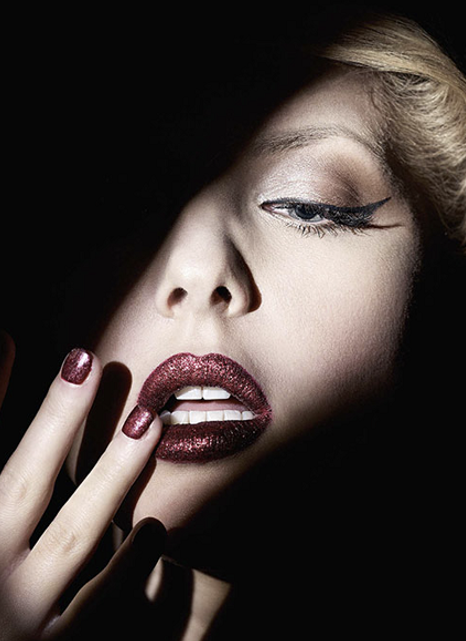Erarta Museum presented an exhibition of timeless paintings by Andrey Vorotilov
The painting featuring a derelict wharf boat and a golden-haired boy may serve as the lyrical epigraph to this landmark exhibition by Andrey Vorotilov. The idea of depicting the stately Soviet-time ruin might be a kind of tribute to the years of adolescence and schooling. The formative years of any artist are spent addressing the rather modest and limited personal history which is looked back on as the time of extraordinary accomplishments. As the artist recalls, this wooden castle on the Oka River, the place for games and mysterious rituals, disappeared in just one summer season of 1990 or 1991. The locals took it apart to use as construction boards as soon as the former state ceased to exist and the shotgun-armed guard who had been living for years on this old tub left the place of his meaningless watch duty.
The feeling of self in a larger world and the feeling of a historic moment are the focal points of The Choir exhibition. It is no accident that Andrey Vorotilov, born in Nizhny Novgorod and by a twist of fate raised by the Kemerovo art scene and the St. Petersburg Academy of Arts, draws on the experience of the great Siberian master Vasily Surikov. A fan of the linocut technique, Vorotilov is dangerously aiming his chisel at one of the pinnacles of the Russian art – Surikov's historical trilogy. The artist turns these images, familiar from textbook illustrations and thus understandably annoying, into gaudy popular prints. His linocuts ring with the centuries-old memory of the genre, bringing to our mind the role of the printed word or image as a powerful learning tool. They are charged with simple, powerful, and often satirical meaning.
Vorotilov's prints are poster-like, even monumental. They are transferred from plastic sheets rather than wooden blocks and illuminated with lurid printing ink. These artworks are imbibed with the chaos and colours of a busy city street. That said, everyone we see, from Peter the Great and Boyarynya Morozova to the fist human couple, looks highly conventionalized, more like one the ageless pictorial types. What's really important here is the heavy rumble of time.
Andrey Vorotilov's paintings are more discreet and solemn. With the exception of the Vanitas still life, it is essentially a gallery of portraits. The creative pursuits of Andrey Vorotilov the painter are inseparable from musings on the world, and, above all, the humans in general. Among the vast variety of Vorotilov's portraits one can trace the structure of the contemporary online community in which each human being is cast into the world as a separate individual devoid of any connection to the whole. This fractionises each existence into multiple social identities: the citizen, the family member, the office worker, the blogger, or, in the current politically correct lingo, the bloggeress.
Andrey Vorotilov tries to explore all facets of an individual – both in his or her social circle and alone, for example, in the moments of devotional ecstasy. The artist reveals and impartially documents the animal aspects of the human nature which may manifest themselves either in solitude or in the crowd of the like-minded, where everyone is alone in one's own way. Vorotilov's characters are complex and counter-intuitive: they are at once cruel and sentimental – a rather widespread combination. They are audacious enough to make a personal statement, but, as soon as the chance offers, hurry to don a uniform or hide behind a mask. Peering into Vorotilov's portraits, one cannot help trying to identify friends or foes, or at least find a likeable face. However, what we find instead is something that makes us want to instinctively look away, something that we rarely talk about. It is indeed hard not to shrink before the defiantly confident gaze of the young prophets ready to shake your worldview as soon as they are given the word or a chance to act. It is also a ghastly sight to behold the people in The Temple quite literally lose face while communicating with God, their individual features, so highly valued by our contemporaries, melting away and dissolving. The ominous still life with Molotov cocktails sees the unassuming bottle, usually aiding unity and choral singing, suddenly find a new meaning and, driven by the blind force of destruction, plunge the world into chaos.
After studying Vorotilov's characters, one sees the Vanitas still life in a completely new light. Traditionally, the painted images of egg and skull presented the conventional allegory of human life. Vorotilov's dark still life features a gigantic skull, looking somewhat superhuman, and a lantern, probably alluding to the legend of Diogenes, roaming Athens in broad daylight in search of a man.










